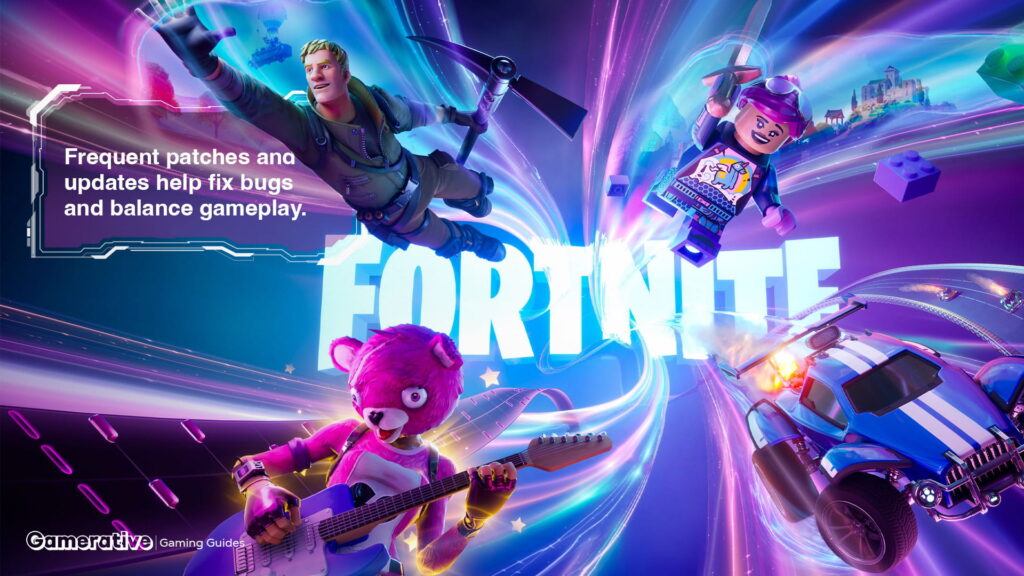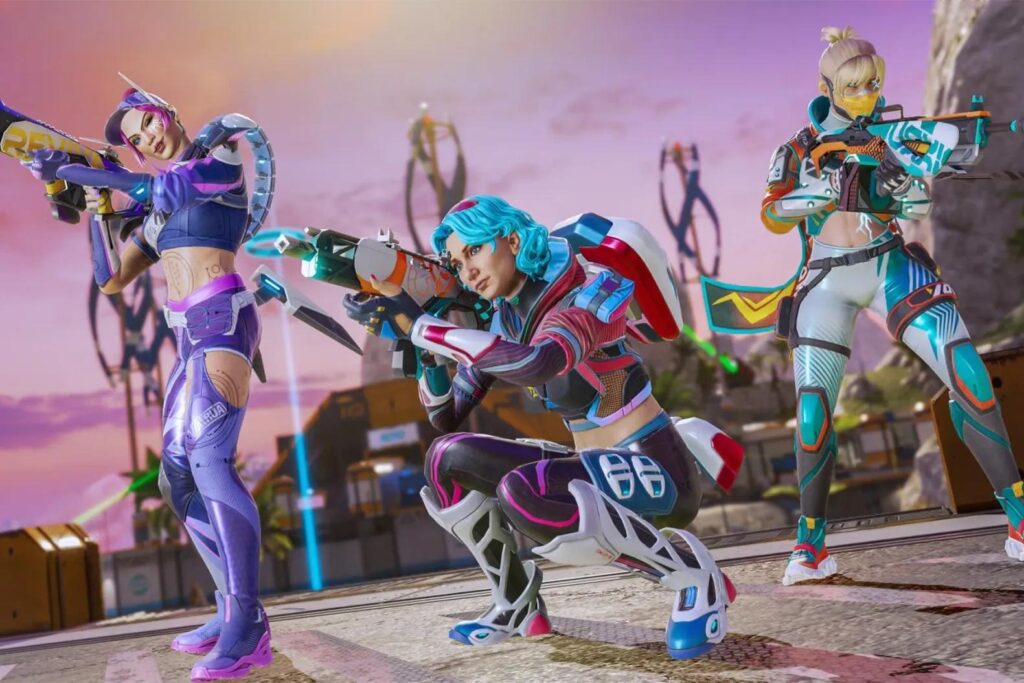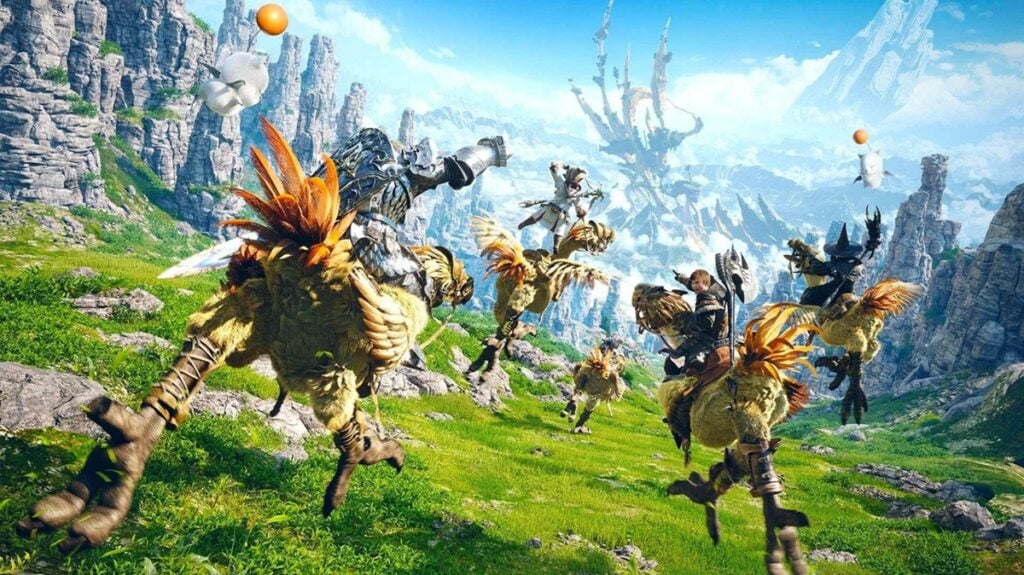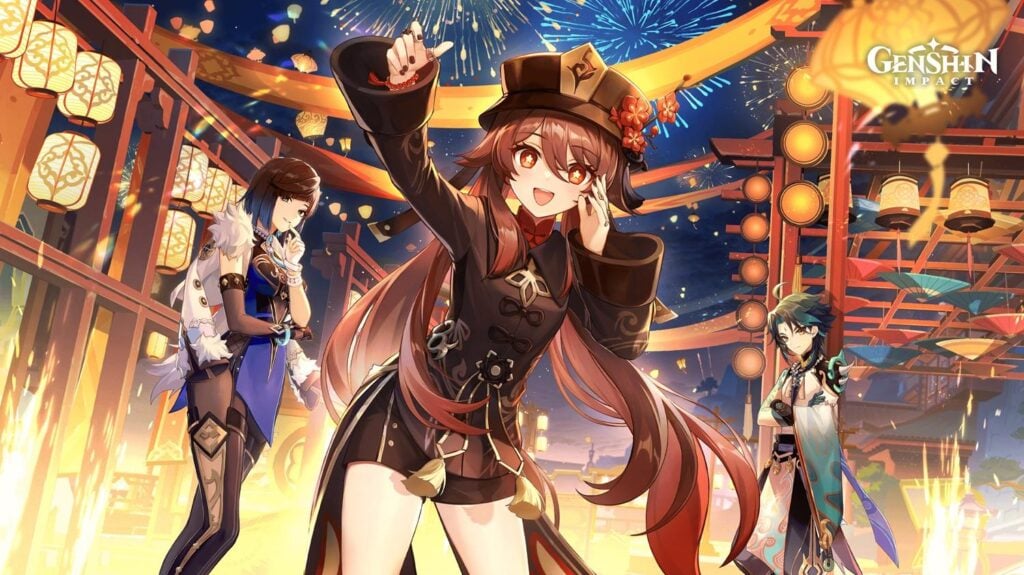It’s wild to look back and realize how much gaming has changed just in the last decade or so. There was a time when you’d buy a new game, finish the story, maybe replay it for a twist ending, and then tuck it neatly onto your shelf; done and dusted. But now, our favorite games don’t really “end”; they evolve, grow, and surprise us with fresh content long after launch day. That’s thanks to what the industry now calls live service games. These games have turned playing into an ongoing adventure rather than a one-and-done story. But what are live service games? Let’s explore this question together!
What Are Live Service Games?
Let’s get down to basics. A live service game is one that doesn’t freeze in time after launching. Instead, it receives steady drips of new stuff; characters, game-modes, even full-blown storylines; over months or years. You might see it called “games as a service” (or GaaS), “persistent online games,” or even “always-online experiences.” What these really mean: developers treat a game like a living project, not a finished product.
Our group has spent endless weekends diving into games that keep evolving. Some titles, like Fortnite, are nearly unrecognizable from their launch versions, thanks to all the updates and events!
Before we move on, we should pause for a coffee (or snack!) break; there’s a lot to uncover about how these games work in real life.

1. Introduction: The Age of Ongoing Games
There’s a magic in logging into your favorite game and finding some dazzling event around the corner; a new festival in Destiny 2, or a limited-time crossover in Fortnite. We love that sense of discovery and community, where every month holds a fresh surprise. This article will walk you through what live service games are, how they work, why studios love them, the ups and downs, and which games are leading the way.
2. An Important Question
What are live service games? Put simply, a live service game is designed to keep going. Instead of shipping everything in one box, developers continuously add content, patches, and sometimes major overhauls, all after release. Some fans like these titles to amusement parks; the gates never truly close, and there’s always something new popping up around the next corner.
The best part? Many of these worlds are shaped by player feedback. Game companies pay close attention to what the community enjoys or dislikes and use that insight for future updates.

- Developers rely on player feedback to shape future updates and features.
3. How Do Live Service Games Work?
Every live service game runs on a blend of scheduled updates and unpredictable surprises. Think of regular seasons in Apex Legends, themed events in Genshin Impact, and expansions in Final Fantasy XIV. Game worlds shift, weather patterns change, and sometimes the rules themselves are overhauled.
Developers keep the energy flowing with regular news drops; one week, there’s a new map; the next, new modes or holiday-inspired cosmetics. Of course, a steady internet connection is key, and most live service titles nudge us toward online play. These days, we’d say our group chats light up every time a new event is announced!
4. Types of Content in Live Service Games
Now that we have a general answer to the question “What are live service games?” let’s find out about the content. While each title puts its own spin on things, live service content usually falls into familiar buckets:
- New playable characters or classes (Destiny 2)
- Special timed events or battle passes (Fortnite)
- Brand-new maps, raids, or dungeons (Call of Duty: Warzone)
- Fancy skins, emotes, and quality-of-life tweaks
- Social hubs, guilds, or player-driven tournaments
One weekend, we scrambled to earn a rare skin before time ran out. Next, we teamed up for a massive world boss event; it’s always something unique, which keeps us coming back.

5. Why Do Publishers and Developers Choose the Live Service Model?
For studios and publishers, live service games are like watering a garden: invest love and energy over time and watch players blossom into a loyal community. This model supports a game’s life with microtransactions, paid expansions, or season passes, ensuring ongoing revenue, not just a spike at launch.
It’s also about connection. Staying relevant with new content lets games compete in a crowded market and respond to community needs. If bugs pop up or the balance feels off, ongoing updates can fix it much faster than waiting for a possible sequel.
6. Benefits for Players
Ask any fan, and they’ll happily explain “what are live service games”: titles designed to evolve continuously with regular updates, events, and fresh content. It’s this steady stream of new experiences that keeps the excitement alive; no two months ever feel the same. There’s a real thrill in unlocking new gear, teaming up for a wild boss fight, or chasing leaderboard glory during seasonal events.
Some games thrive for years; Final Fantasy XIV, for example, has become almost a home base for its community. Plus, social connections are tight: you might forge long friendships, share strategies, or even become an esports competitor with the same crew you met years ago.

- Its evolving storylines, seasonal festivals, and consistent developer support keep players engaged long-term.
7. Potential Downsides and Controversies
Of course, there’s a flip side. Sometimes, a game launches “half-baked,” as developers rely on patches and updates to finish what could have been polished at the start. There’s also “FOMO”; that nagging fear of missing limited-time content or rare cosmetics if you don’t play often enough.
Monetization can cause tension, too. Some companies push pay-to-win options or bombard players with microtransactions. And don’t forget burnout: keeping up with constant updates can feel like a job rather than a hobby.
Also, server shutdown vulnerabilities (games fading into unplayable archives) are another downside of the live service games.

8. Popular Examples of Live Service Games
For a closer look at “what are live service games?” and what they can offer, here are some of the biggest names lighting up the live service arena:
- Fortnite: Battle Royale mode, wild crossovers, ever-changing map
- Destiny 2: Major expansions, raids, and live events
- Genshin Impact: Fresh characters and regions are regularly introduced
- Apex Legends: Rotating legends, ranked seasons, and story events
- Call of Duty: Warzone: Battle passes, map changes, new weapons
- Final Fantasy XIV: Expansions that feel like entirely new games
Our friend group has tested all of these, and each one serves up its own flavor of surprises. There’s always something to compare, debate, or anticipate.

- Its ongoing story expansions and gacha system keep players returning and actively engaged.
9. Last Thoughts: The Future of Live Service Gaming
In wrapping up, “What are live service games?” really boils down to experiences that keep evolving alongside us. They’ve reshaped how we play and connect, offering more content, more friends, and more surprises than ever before, but also new choices and challenges for players and fans alike. As this model continues to grow, it’s up to all of us to decide what makes gaming worth coming back for. Which live service game keeps you logging in? What’s your all-time favorite event or unexpected update? Share your picks and stories below; we’d love to hear how ongoing games keep your own adventures rolling!
Learn about the inside out of video games world and industry via Gamerative.
10. FAQs About Live Service Games
1. Can live service games continue when a new console generation launches?
Some games, like Fortnite and Destiny 2, migrate smoothly across generations. However, a few will sunset old versions and ask players to upgrade their hardware.
2. Are there live service games without microtransactions?
They’re rare, but some indie titles or MMOs use the live service approach while keeping all content behind a flat subscription or free updates.
3. How are major bugs or exploits handled in live service games?
Developers often deploy hotfixes or rolling patches quickly, sometimes within hours, thanks to constant connectivity.
4. What happens to my purchases or progress if a live service game shuts down?
Typically, access to content and cosmetics ends with the game’s closure. Many studios provide advance notice or transfer options if they can.




